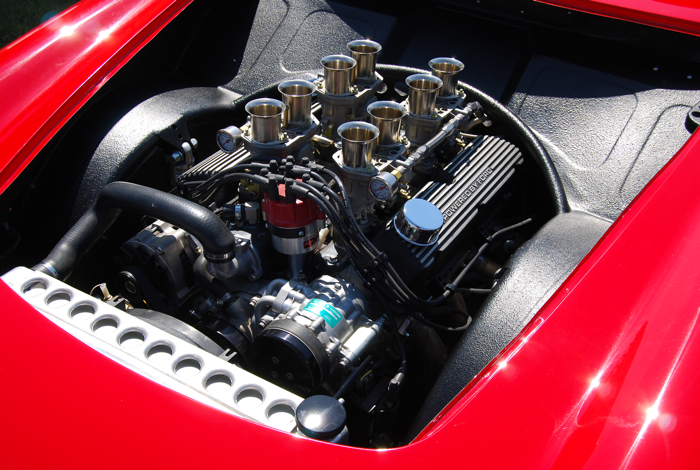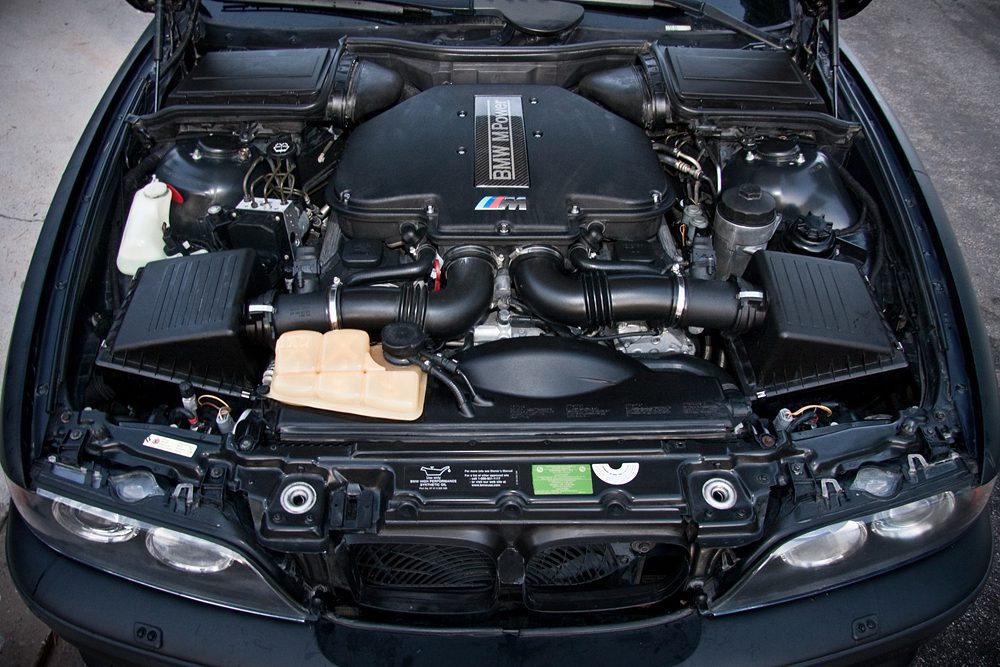Where to Discover the most effective Opel Corsa Engine for Substitute
Where to Discover the most effective Opel Corsa Engine for Substitute
Blog Article
Checking Out the Inner Workings of a Compact Lorry's Engine System
As chauffeurs, we frequently consider granted the complex processes that take place within the confines of our lorry's engine system. The small yet complex equipment that propels us forward is a wonder of engineering accuracy and sychronisation. From the regulated surges in the combustion chamber to the thorough timing of fuel shot, every component plays a crucial role in the smooth operation of the engine. In this expedition of a compact automobile's engine system, we will certainly untangle the inner functions of this mechanical harmony, clarifying the mysteries that drive us ahead on our day-to-day journeys.
Combustion Refine Review
The burning procedure in a compact automobile's engine system is an essential mechanism that successfully converts fuel into power to power the car. This process happens within the combustion chamber of the engine, where fuel and air mix, fire up, and create controlled explosions. The combustion procedure is composed of four main stages: intake, power, exhaust, and compression.
During the consumption phase, the piston moves downward, pulling in a mix of air and gas into the burning chamber. The next phase, compression, includes the piston moving upwards, compressing the air-fuel blend to enhance its effectiveness. Subsequently, in the power phase, the ignition system fires up the compressed combination, leading to a rapid development of gases that forces the piston pull back. This descending motion creates the power needed to drive the automobile. In the exhaust phase, the burnt gases are eliminated from the combustion chamber via the exhaust shutoff, preparing the chamber for the next cycle. This cyclic combustion process is fundamental to the operation of a portable car's engine system, making sure reliable power conversion for propulsion.
Piston and Cylinder Interaction

The piston's exact fit within the cyndrical tube is necessary for keeping optimal compression and avoiding energy loss during combustion. Limited clearances in between the piston and cyndrical tube wall surfaces make sure reliable securing, enabling the piston to relocate efficiently without permitting gases to leakage past. Appropriate lubrication is likewise important to decrease friction and use between these components, enhancing long life and performance.
Furthermore, the layout and materials used in making the piston and cyndrical tube effect engine performance and durability. Modern engines often employ light-weight yet sturdy products like light weight aluminum alloys for pistons and cylinder liners to decrease inertia and enhance thermal performance. Generally, the harmonious interaction in between the piston and cyndrical tube is essential to the engine's functionality and total efficiency.
Fuel Injection System Capability
Fuel shot systems in small car engines play a crucial role in exactly supplying fuel to the combustion chamber for regulated and effective ignition. The gas shot system functions by infusing fuel right into the burning chamber at the ideal moment throughout the engine's procedure (opel corsa engine). This accurate timing ensures that the gas mixes equally with the air for proper burning, resulting in boosted fuel effectiveness and reduced discharges
There are mainly 2 sorts of gas injection systems utilized in compact automobile engines: port fuel injection (PFI) and straight fuel shot (DFI) PFI systems inject fuel right into the intake port prior to the consumption valve, while DFI systems infuse gas directly into click over here the combustion chamber. Both systems have their advantages, with DFI offering better fuel atomization and PFI supplying a more affordable remedy.
Comprehending Engine Air Conditioning Devices
Efficient operation of a portable vehicle's engine depends greatly on the effectiveness of its cooling systems. Engine cooling is necessary to protect against getting too hot, which can lead to severe damages and decreased performance. The air conditioning system in a portable car usually is composed of numerous parts interacting to control the engine temperature level. One crucial part is the radiator, which utilizes coolant to soak up warmth from the engine. As the warm coolant streams via the radiator, it launches heat into the air, cooling off before returning to the engine. The water pump flows the coolant with the engine and radiator, making sure a constant flow to control temperature level. In addition, the thermostat aids control the coolant flow to maintain optimal engine temperature level. Some lorries also have cooling fans that activate when extra cooling is needed, such as during hefty web traffic or heat. Understanding these engine cooling mechanisms is essential for maintaining the performance and long life of a small car's engine system.

Exhaust System Elements Explained
The optimal performance of a small lorry's engine air conditioning devices relies on a corresponding system understood as the exhaust system, which comprises various important parts for making certain effective emissions and engine efficiency. The exhaust system consists of elements such as the exhaust manifold, catalytic converter, muffler, and tailpipe. The exhaust manifold collects exhaust gases from the engine's courses and cyndrical tubes them to the catalytic converter. The catalytic converter after that transforms damaging pollutants in the exhaust into less damaging discharges prior to releasing them with the muffler and tailpipe.
One essential component of the exhaust system is the oxygen sensor, which checks the oxygen degrees in the exhaust gases to assist regulate fuel consumption and guarantee optimal engine performance. opel corsa engine. Furthermore, the resonator may be present in some exhaust systems to decrease sound levels. Generally, the exhaust system plays a vital function in keeping engine performance, decreasing unsafe emissions, and making sure a quieter driving experience for compact lorry owners

Conclusion
To conclude, the compact car's engine system is an intricate combination of elements that collaborate to help with the combustion process, convert gas into power, and remove waste gases. Recognizing the inner functions of the engine system, consisting of the piston and cyndrical tube communication, fuel shot system, engine air conditioning systems, and exhaust system parts, is important for keeping optimal performance and effectiveness of the automobile.
The burning process in a small vehicle's engine system is an important device that efficiently transforms gas right into power to power read the article the automobile.Fuel injection systems in portable automobile engines play an essential duty in specifically delivering gas to the burning chamber for regulated and reliable ignition.There are mainly 2 kinds of gas shot systems used in compact vehicle engines: port gas shot (PFI) and straight fuel shot Resources (DFI) Recognizing these engine air conditioning devices is important for keeping the performance and longevity of a compact car's engine system.
The ideal performance of a portable lorry's engine air conditioning devices depends on a corresponding system understood as the exhaust system, which makes up various crucial parts for making sure efficient exhausts and engine efficiency.
Report this page